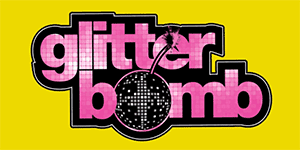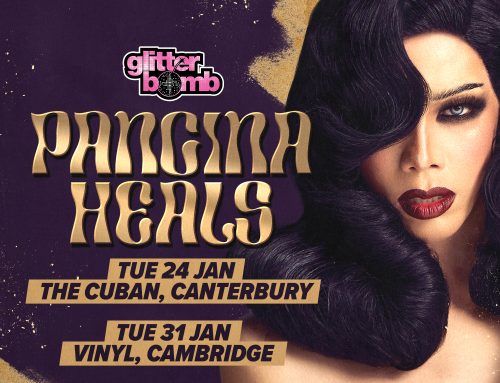Remembering Stonewall: The Birth Of A Gay Rights Movement
In New York City in 1969, police raids at gay bars were very frequent. Did you know it was illegal to dance with a person of the same sex? Police would raid and close down gay bars and clubs. One day in June 1969, members of the community had had enough. As people were being arrested and shoved into police vans, a crowd of LGBT+ people gathered and started rioting. The Stonewall Inn was a space that was so loved and was now no longer a safe place for people to be themselves. The riots went on for days and a gay rights movement was born.
The Stonewall riots are seen as one of the most important events in the fight for and liberation of LGBT+ rights and movement.The mob of protestors outside the Stonewall grew so large that the police had to retreat into Stonewall Inn and barricade themselves inside for safety.
The second night the mob was worse. People became more and more angry. A witness to the second night of the riots Danny Garvin told PBS’s American Experience – “There was no going back now, there was no going back … we had discovered a power that we weren’t even aware that we had.”
No one died at Stonewall but people were injured.
The Stonewall Riots made clear that the LGBT+ movement needed to be loud and proud and very visible and demanded change. So Pride was born – an annual protest to take place on the last Saturday of June for the anniversary of the Stonewall riots.
When organisers were looking for what to call this movement L. Craig Schoonmaker, suggested “Pride” because while gay people lacked power, one thing they did have was pride.
Marsha P. Johnson a transgender hero of the pride movement. Johnson was one of the first drag queens to go to the Stonewall Inn, after they began allowing women and drag queens inside as it was previously a bar for only gay men. She is known in the LGBT+ community for throwing the first brick at stonewall. Marsha P. Johnson has said she didn’t arrive at the bar until rioting had started but nevertheless she is celebrated as a role model for trans people and people of colour who’s fight for rights have been there from the very start and a played a very important role in the knowledge we have of the riots itself.





Leave A Comment